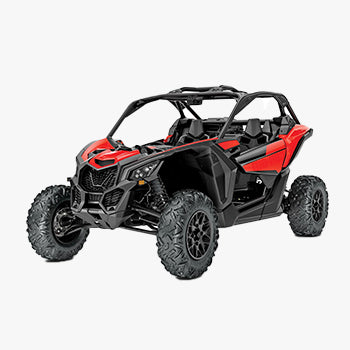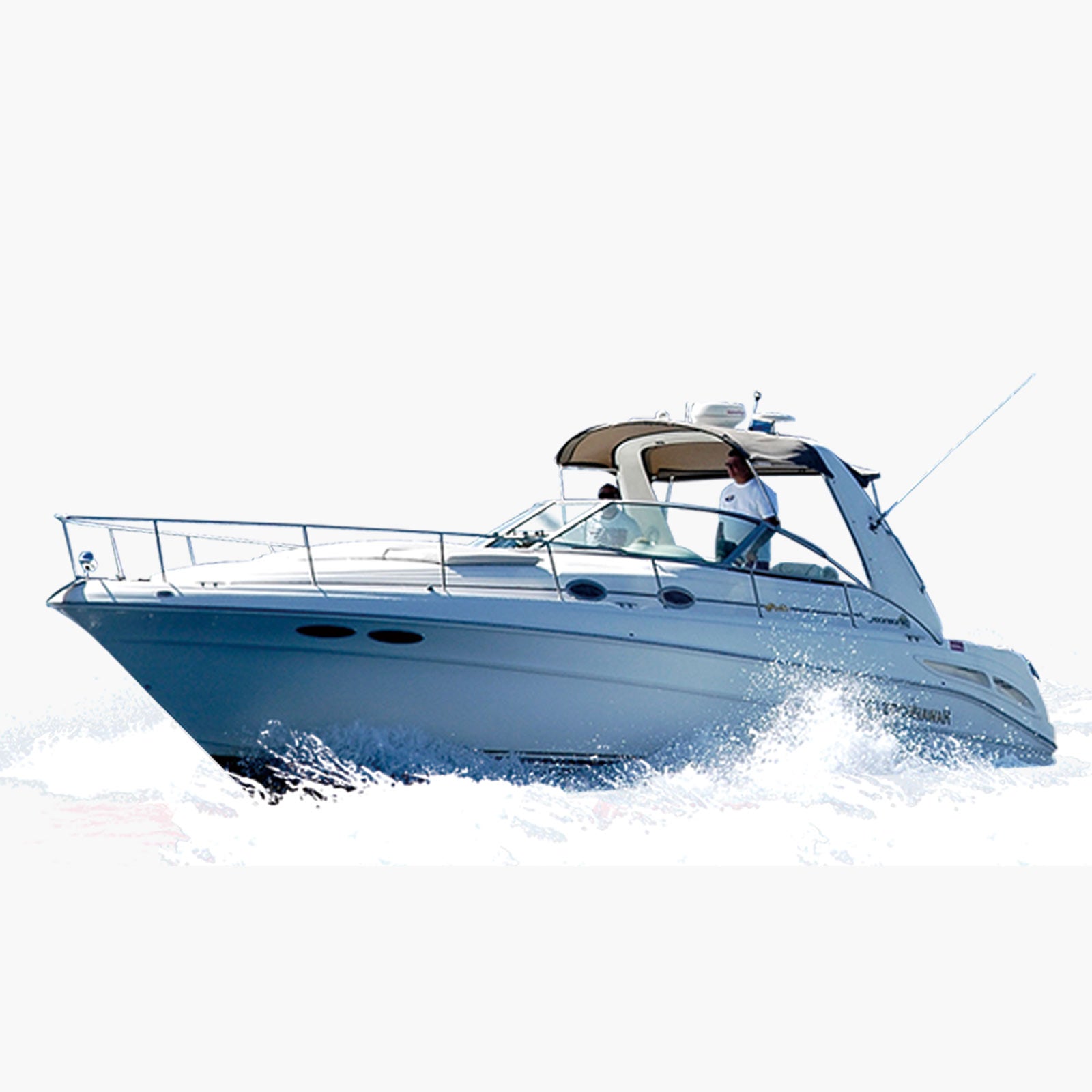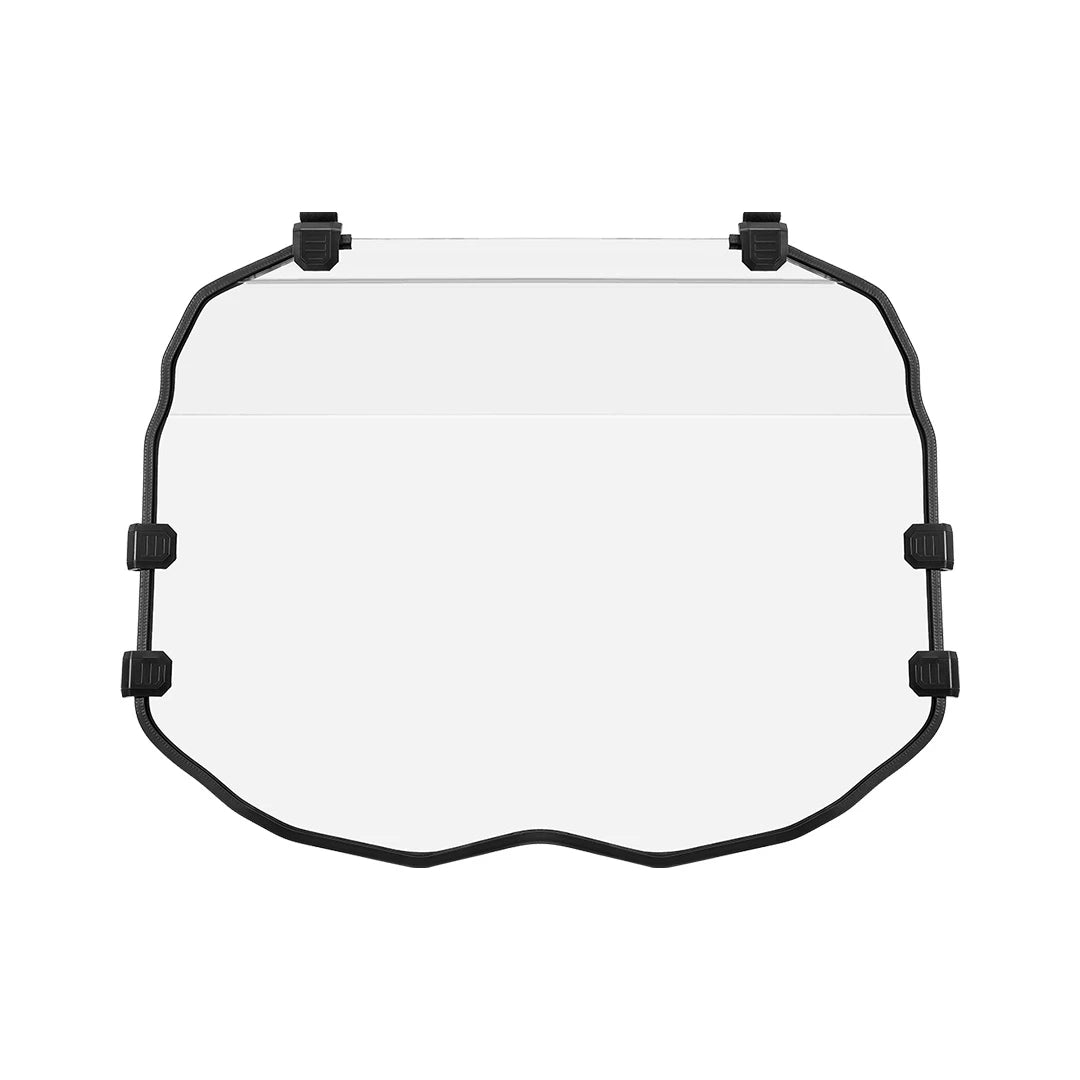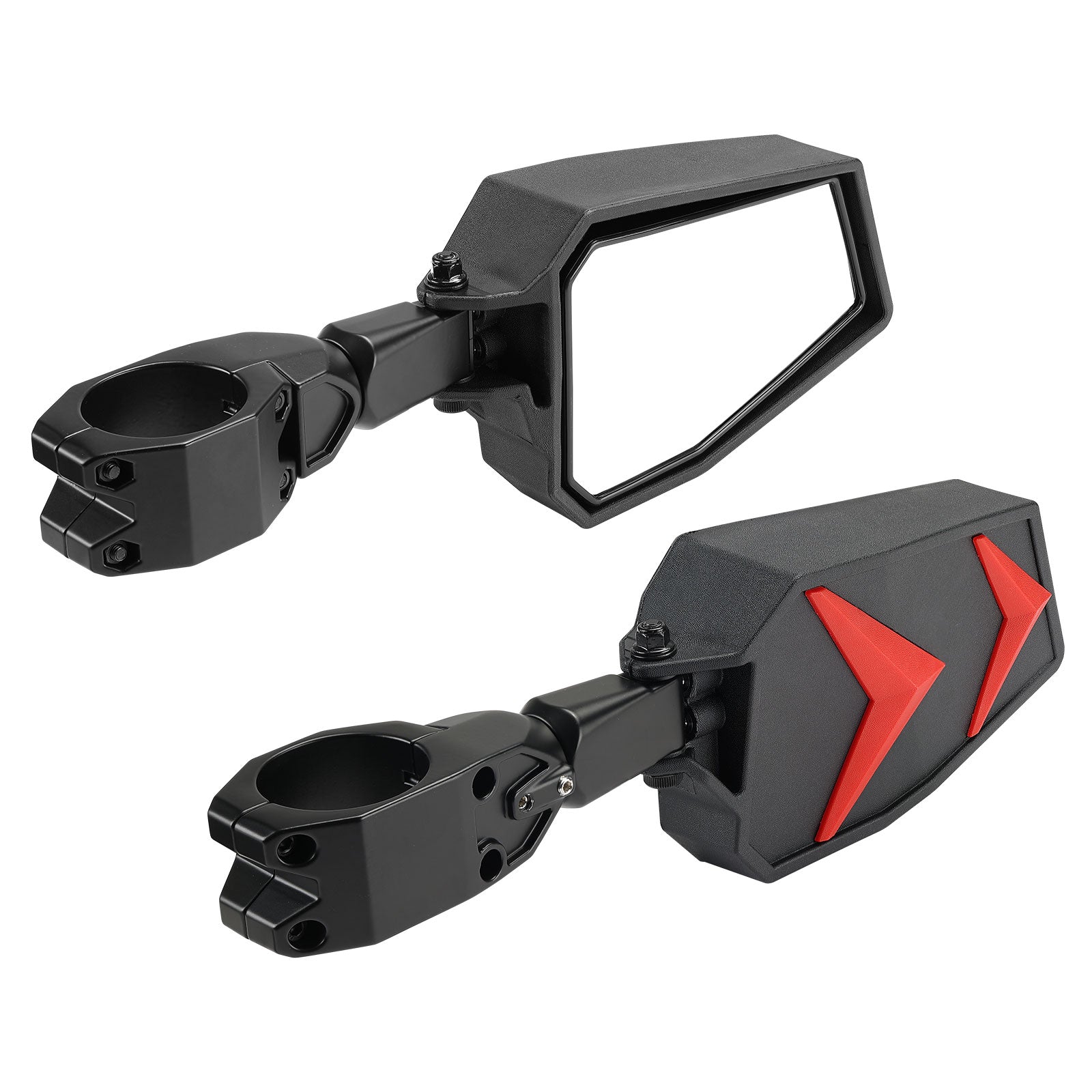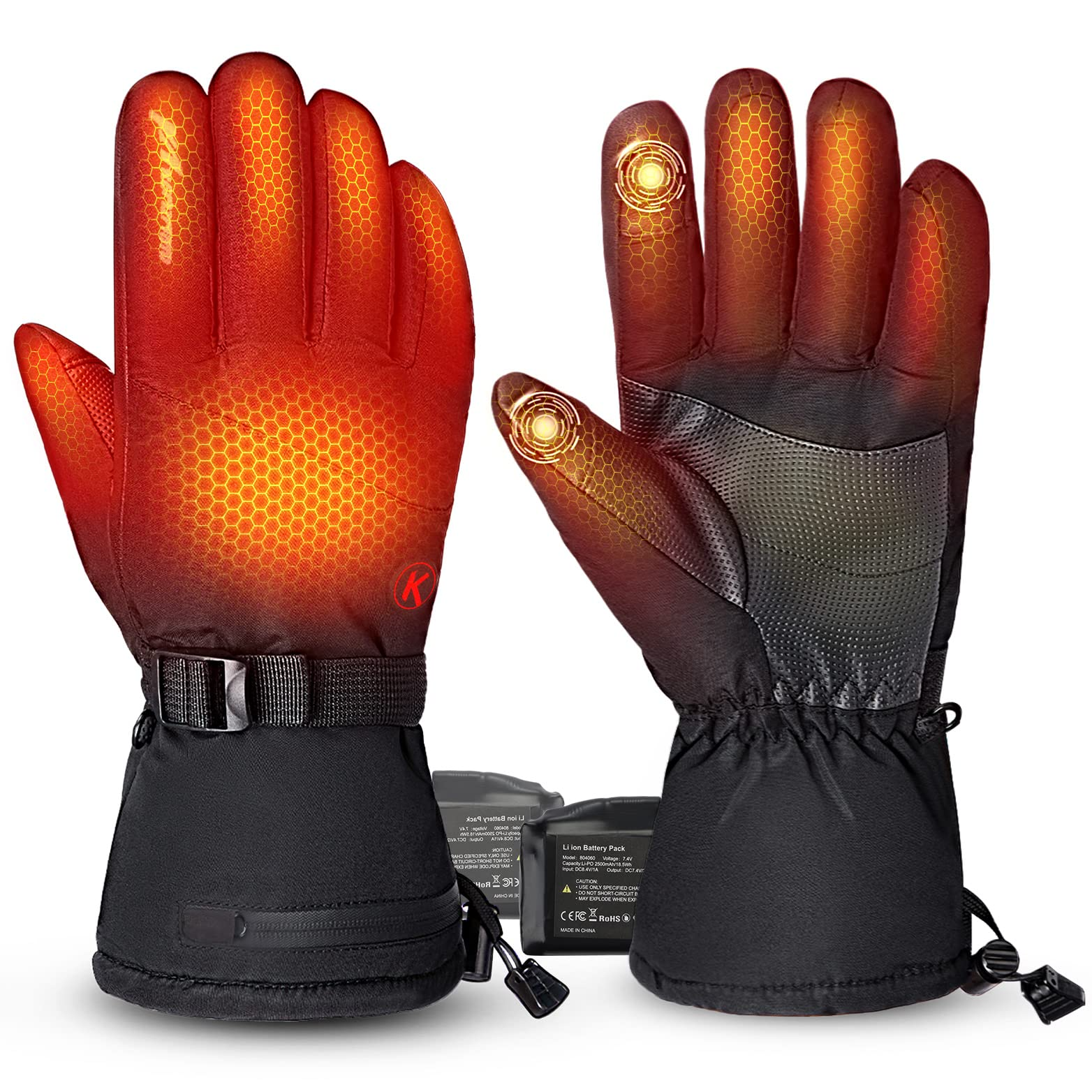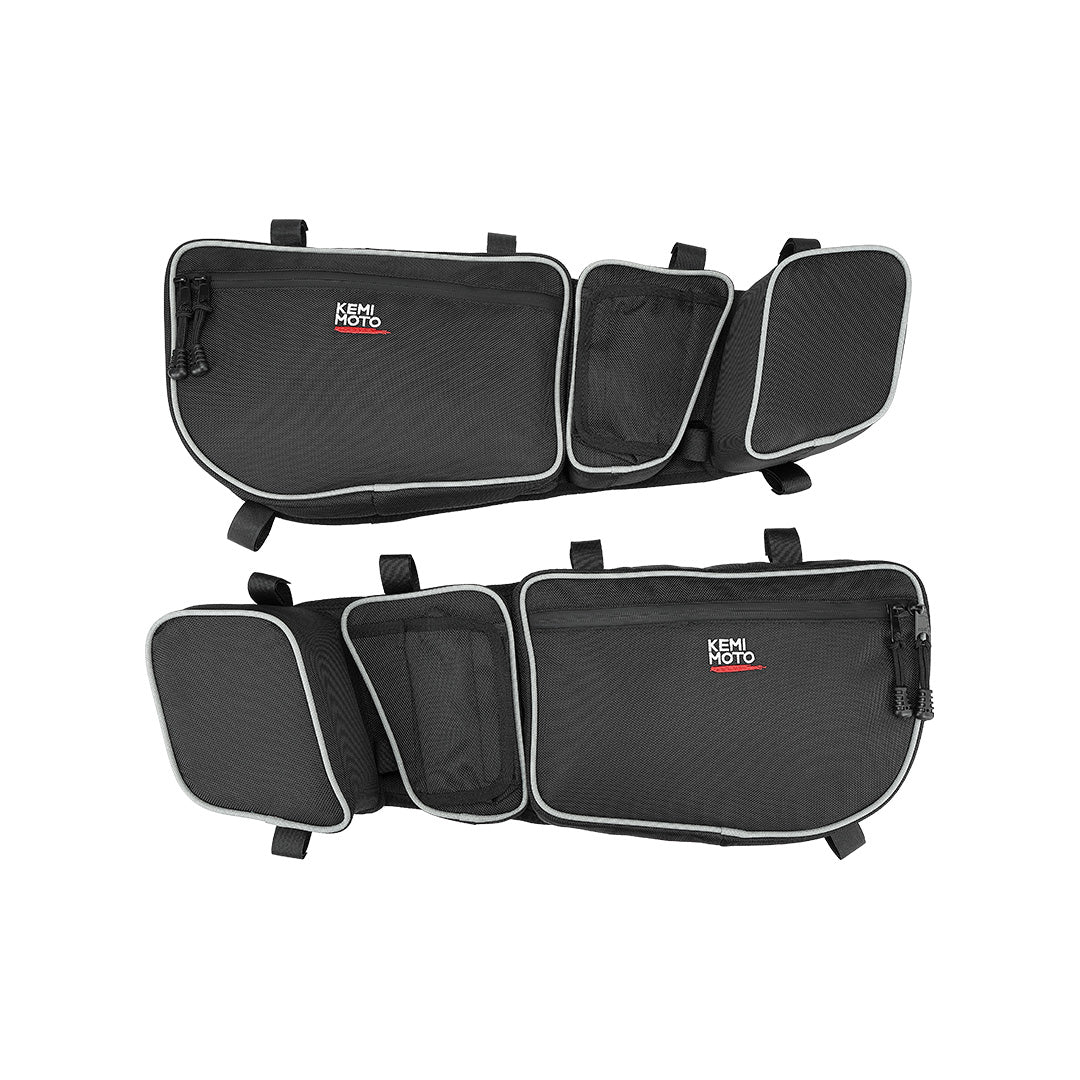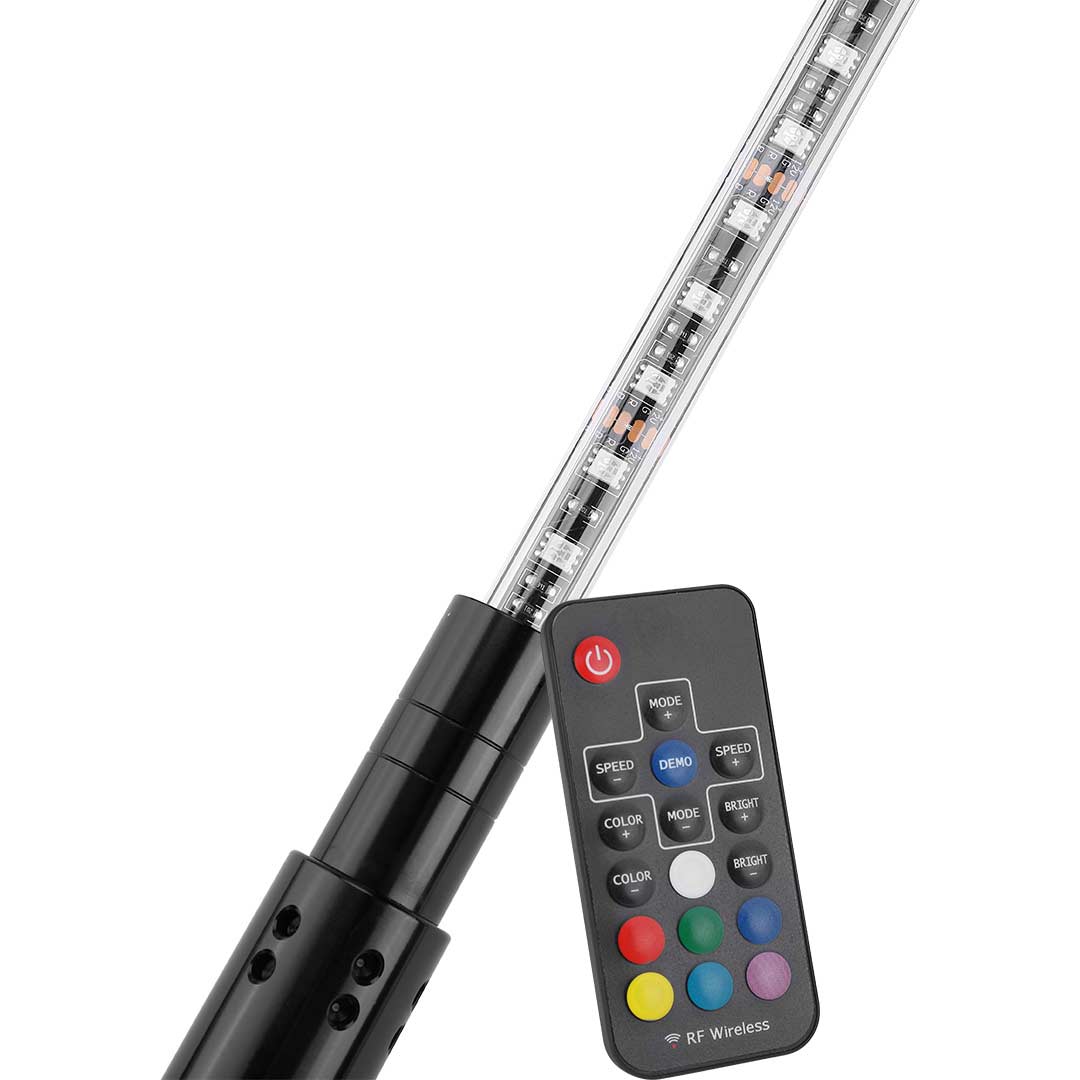Tips For Ice Fishing Season 2023: The Best Fishing Guide for Ice Fishermen
When the cold winter season arrives, so does the fun and exciting sport of ice fishing. But if you're like most people and have many questions about the sport, you've come to the right place.
Our fishing guide for the 2023 ice fishing season will cover everything you need to know to enjoy the sport, including questions like:
- What is ice fishing?
- Why do people go ice fishing?
- How do you keep yourself safe while ice fishing?
- What are the best ice fishing techniques?
- What are the essential things to have when ice fishing?
- And more
So, without further delay, let's get started.
Why go ice fishing?
Sitting on a frozen lake for hours staring at a hole in the ice seems like the worst idea imaginable for some people. But for others, it's an opportunity to get out, enjoy the winter weather, and experience a unique hobby with friends and family. Ice fishing is all about attitude. You'll have a blast if you bring the right one to the lake with you.
The history of ice fishing is one reason that some people practice it. Archaeologists say ice fishing can be traced back more than 2,000 years to when our ancestors used it for survival. They used a spear with thorns to pierce a hole in the middle of the lake to catch fish, which was their primary food source.

Now, survival isn't the purpose of ice fishing for most people. They do it to experience the quiet beauty of a frozen lake, to try a unique style of fishing, and to catch winter fish such as the tiger eye.
Whatever your reasons are for wanting to go ice fishing, our guide will help you do it safely and effectively. So keep reading to learn more.
Where to Go Ice Fishing
Statistics show that fish-catching during winter in the United States is 30% higher than in other seasons. If you're ready to take advantage of this, here are some of the best places for ice fishing in the United States.
Woods Lake, Minnesota -- There are many kinds of fish in Woods Lake Lake, ranging from trout and mackerel to bass. Woods Lake also becomes a huge winter holiday destination, which is great for socializing after a day of fishing on the lake.
Lake Winnebago, Wisconsin -- Lake Winnebago is the largest inland lake in Wisconsin. There are many rich white spot fish to hunt, as well as bass, white bass, and sturgeon.

Peckerberg Lake, Montana -- This is the fifth-largest artificial lake in the United States, and it's home to many remarkable species of fish, including lake trout, northern barracuda, white spot fish, and sorgo.
Colorado's Eleven Mile Reservoir -- Eleven Mile Reservoir is one of the country's top lake trout fishing sites. It provides excellent ice fishing activities from December to March. The average height of trout from the reservoir is about 17 inches, but 20 inches of trout are not uncommon here.
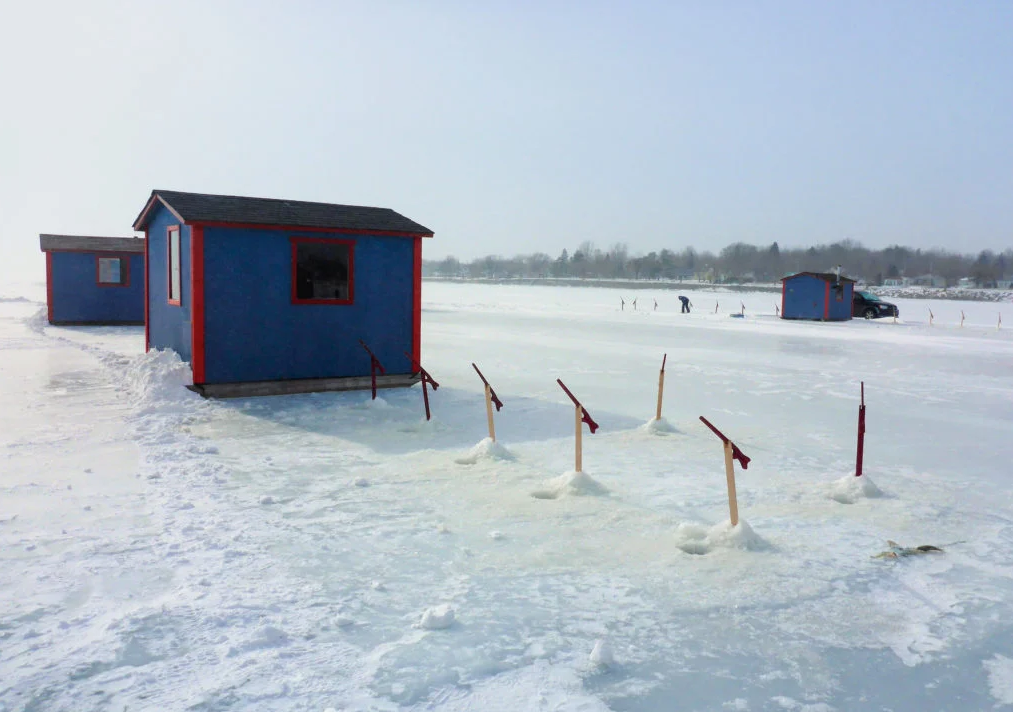
Champlain Lake, Vermont -- Champlain Lake has more than enough fish for you to catch this winter. There are also many bait and fishing gear stores near the lake, where you can learn about the best fishing spots. And you'll have no problem finding a place to rent nearby.
Devil Lake, North Dakota -- If you're highly interested in bass, there's no better place than Devil Lake. Just keep in mind that North Dakota gets extremely cold in the winter, so you'll want to bring layers of warm clothes with you.
Safety Guide for Ice Fishing
If you're thinking about going ice fishing for the first time, learning proper safety is a must. This sport's risk factor is relatively high since it involves sitting on a lake of icy water exposed to the elements.
First, you must be clear about your environment and physical condition. Don't overstate your abilities or underestimate the weather since that's how most accidents happen. Follow these essential safety tips to avoid putting yourself in dangerous situations:
- Don't go fishing alone. Make sure that at least two other people know you're out ice fishing, and tell them when you'll be coming back.
- Leave the lake before sunset – especially when you're first getting started.
- Pay attention to ventilation – Make sure the shed you use gives you enough air circulation.
- Learn how to use your equipment. Your auger and other tools can be complicated. Make sure you're familiar with how to properly operate them before using them on the lake.
- Buy warm clothes and floating clothing. You likely won't have enough time to use a life raft in an accident. Your muscles could freeze up in the frigid water. Floating clothing and thermal clothes could save your life.
It's also very important to pay attention to lake conditions while ice fishing. Verify that the ice is thick by drilling holes with a long handle or auger. Look out for signs of rotten ice as well, which include discoloration, holes, and water flow.

Here are some more safety-related tips that you should know about being on ice before you get out on a lake:
- New ice is typically stronger than old ice. Four-inch thick, newly transparent ice can support a person's weight. But one foot or more of old ice may be partially thawing.
- Ice rarely thaws evenly. You could have a foot of thickness at one location but only a few inches relatively close by. Ice blocks that are floating on the water should be avoided.
- Insulation from snow slows down the freezing process of ice. The extra weight can also reduce the amount of additional weight that the ice sheet can support. Ice near the coast may be weaker than ice farther away.
- Rumbling and cracking ice is not always dangerous. They can also be a sign of ice expansion and contraction due to temperature changes.
- Schools of fish and waterfowl can adversely affect the safety of ice. Fish can bring warm water to the surface, which could create holes.
16 ice fishing tips to help your ice fishing trip
Ice fishing is an extremely rewarding sport. But it can also be dangerous if you don't use the right precautions. These ice fishing tips should help you stay safe while enjoying everything that ice fishing has to offer. Don't hesitate to comment below or reach out via email if you have additional questions.
Try not to go ice fishing alone.
You'll be much safer if you go with other people. It's also a good idea to tell family and friends you're going to ensure people come looking if something goes wrong while out on the lake.
Actively communicate.
Communicating with residents may help you get needed information about the thickness of the ice layer, water movements, and the other key information you need to ensure you're able to ice fish safely.
Determine the ice thickness of the lake
Here's a general rule of thumb when looking at ice thickness on a frozen lake:
- 2 inches or less - stay away!
- 4 inches - ice fishing and other hiking activities are okay
- 5 inches - A snowmobile or all-terrain vehicle is okay
- 8-12 inches - A car or small pickup is okay
- 12-15 inches - A medium truck is okay
Keep your ice shed ventilated
Your ice shed must always be properly ventilated to avoid carbon monoxide poisoning. You may need to install a device to make sure you're safe.
Leave the lake before dark
Frozen lakes and the roads around them are dangerous on cold winter nights. Try to leave early to avoid putting yourself at risk.
Occasionally use plastic as bait
You may want to use plastic as bait from time to time. It allows you to switch a small 1/80-round head clamp with a plastic trip on the hook, which can be useful.
Twist your fishing line
Simply jigging your fishing line up and down may not be enough to entice the fish you're trying to catch. Changing the rhythm of the fishing by twisting your line can solve this problem.
Look into the hole from time to time
It's also a good idea to look at the hole from time to time. Some fish, like the big bluegill fish, can inhale your bait so fast your line doesn't even register it. Looking into the hole while fishing may help you react faster and catch more fish.

Be familiar with the use of ice drills
Ice drills are very helpful. Just make sure that you thoroughly understand how to use yours before taking it on the lake. You could get injured by the sharp blades on the drill if you try to use it without truly knowing how to do so.
Carry an upper rescue claw
It's important to carry at least one pair of ice cones or rescue clues. These tools may save your life if you fall into the lake and need to crawl your way out of it.
Carry a throwing rope
A throwing rope is another essential safety tool that you need for emergencies. It will help you save your partner if they have an accident.
Keep your floating suit ready
Make sure to wear a floating suit when you go ice fishing as well. This will both keep you warm if you fall into the lake and make it easier to escape from the cold water.

Bring an essential thermal package
The temperature of minus ten degrees may make you feel uncomfortable when waiting for the fish to bite. That's why bringing an essential thermal package is so important. Yours should include a warm suit, a heated vest, a warm jacket, warm gloves, warm socks, and other warm clothing.
The team at Kemimoto has created all of the gear you need to ice fish safely and comfortably. We'll highlight some of the best products for ice fishermen near the end of the article.
Take a portable mobile power supply
Your smart devices can easily run out of battery while on the lake. Having a high-quality, portable charger with you will ensure that you're able to charge your phones and send important messages when the need arises.
Wear sunglasses
If it's sunny out, you need sunglasses to protect your eyes. Flashes on the ice can blind you and damage your cornea. Buy a pair of high-quality polarized fishing sunglasses to be safe.
Bring the right snacks and drinks
It's also a good idea to bring some healthy snacks that are rich in protein, such as dried meats. The more nourishment you have with you, the longer you'll be able to stay out and enjoy the lake.
Four cost-effective ice fishing suits
1. Men’s Heated Jacket with Battery Pack
Kemimoto's men's heated jacket is perfect for all of your outdoor activities this winter. It features three heating areas across the front and back and even a warming collar to keep your neck warm. This reasonably priced jacket will let you enjoy a full day of ice fishing without having to worry about the cold wind.

2. Heated Vest With Heated Hood
In addition to a thermal jacket, you will also want a body-heating vest before going ice fishing. Kemimoto's heating vest is the only one on the market with a heated hood, making it another reasonably-priced clothing option that's perfect for ice fishing.

3. Rechargeable Waterproof Heated Gloves
Waterproof gloves are essential when going ice fishing. This pair provides up to nine hours of rechargeable heating and three settings to choose from (low, medium, and high). They're the perfect way to keep your hands warm this ice fishing season.

4. Comfortable Electric Heated Socks With Leg-fitting Batteries
You also want to make sure to keep your legs warm while ice fishing. This pair of electric-heated cotton socks is just what you need. They feature a 3.7V CE-certified battery, which can heat up in as little as a few seconds to provide instant warmth while you fish.
Final thoughts
Ice fishing can be a lot of fun – especially when you do it with friends and family. But it can also be risky. That's why it's so important to follow safety advice from experts and wear the right clothes while out on the lake.
Kemimoto has everything you need to enjoy ice fishing safely. You can find more details and products on our official website – https://www.kemimoto.com/.


